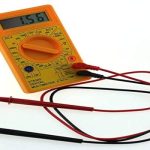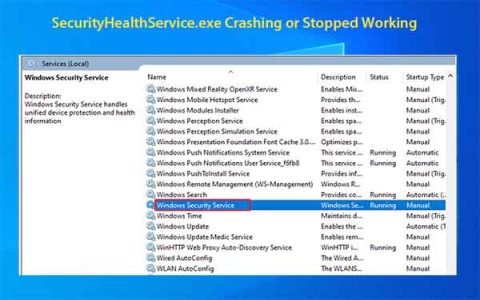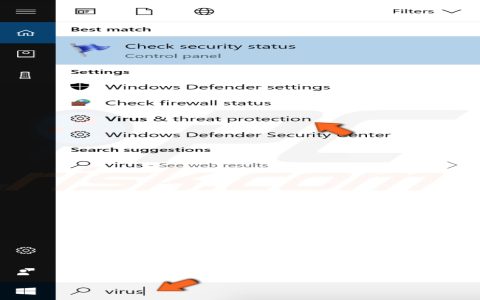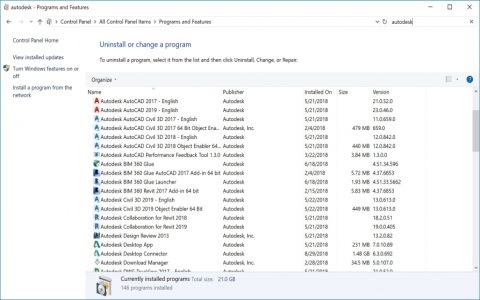Essential Preparations Before Installation
Ensure you have all necessary components, including the LSV Cam unit, mounting hardware, cables, and power supply. Clean the installation area thoroughly to avoid debris affecting adhesion or alignment.
Step-by-Step Installation Process
- Step 1: Mount Securely - Choose a flat, vibration-free surface. Use the provided adhesive or brackets, and tighten all screws evenly to prevent shifting.
- Step 2: Position Correctly - Aim for an unobstructed view at your vehicle's recommended height and angle. Test visibility by checking the camera feed live before finalizing.
- Step 3: Wire Safely - Route cables away from heat sources or moving parts. Connect to power and ignition systems as per manufacturer specs to avoid short circuits.
- Step 4: Ground Properly - Attach the grounding wire directly to the chassis for stable signal transmission, ensuring no paint interferes.
- Step 5: Test Thoroughly - Power on the system and verify image clarity and recording in various conditions before sealing connections.
Common Mistakes and How to Avoid Them
- Mistake: Loose mounts causing camera shaking or detachment.
- Solution: Always double-check mount tension and use high-quality adhesives rated for outdoor use.
- Mistake: Poor wiring leading to electrical damage.
- Solution: Route wires through protected channels and never splice directly into main circuits without a fuse.
- Mistake: Misalignment blocking the lens.
- Solution: Perform a full visual sweep post-installation in both day and night modes to adjust for obstructions.
- Mistake: Ignoring environmental factors like water intrusion.
- Solution: Seal all entry points with waterproof connectors and test during simulated rain.
Regularly inspect your LSV Cam setup after installation to maintain reliability and longevity.











